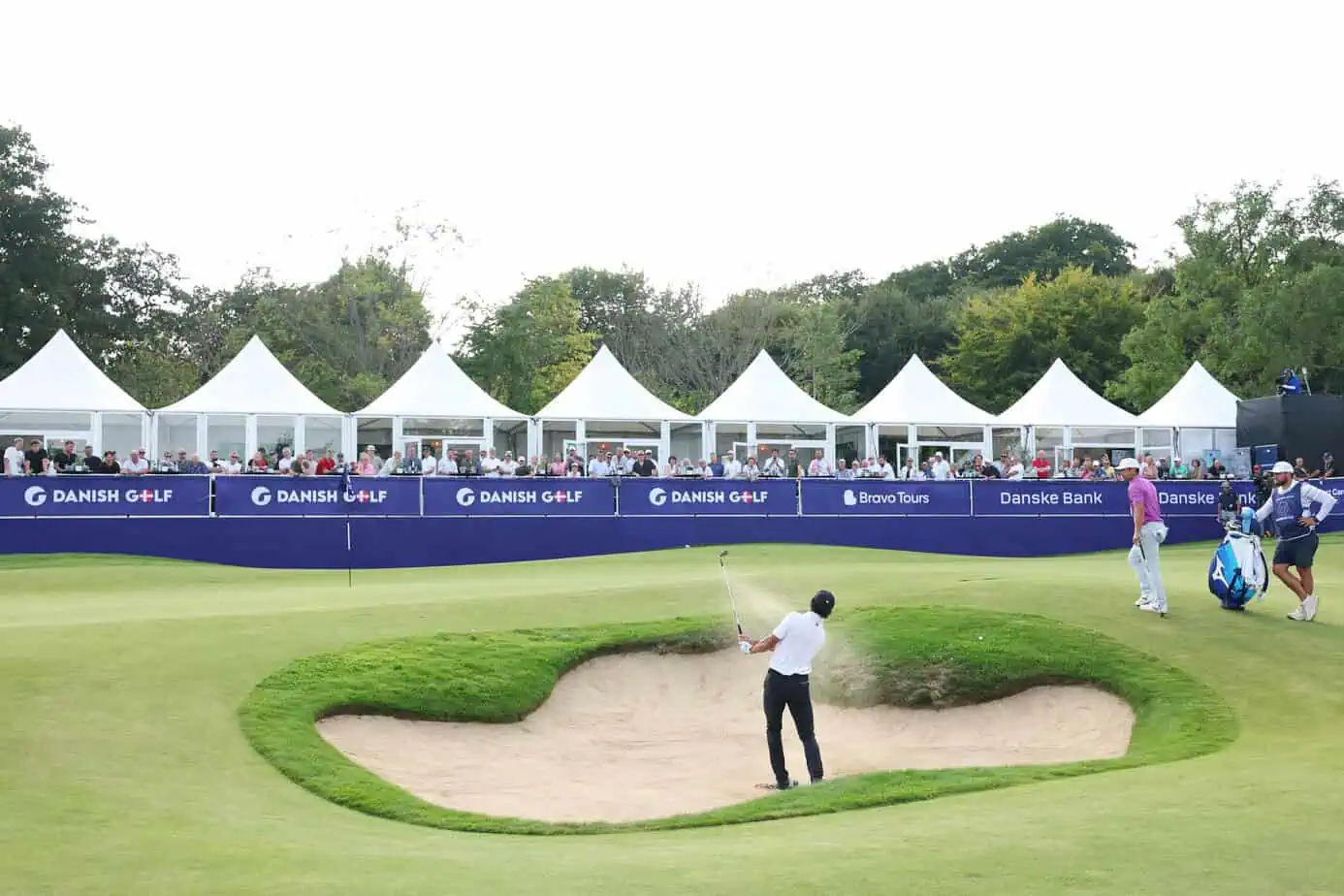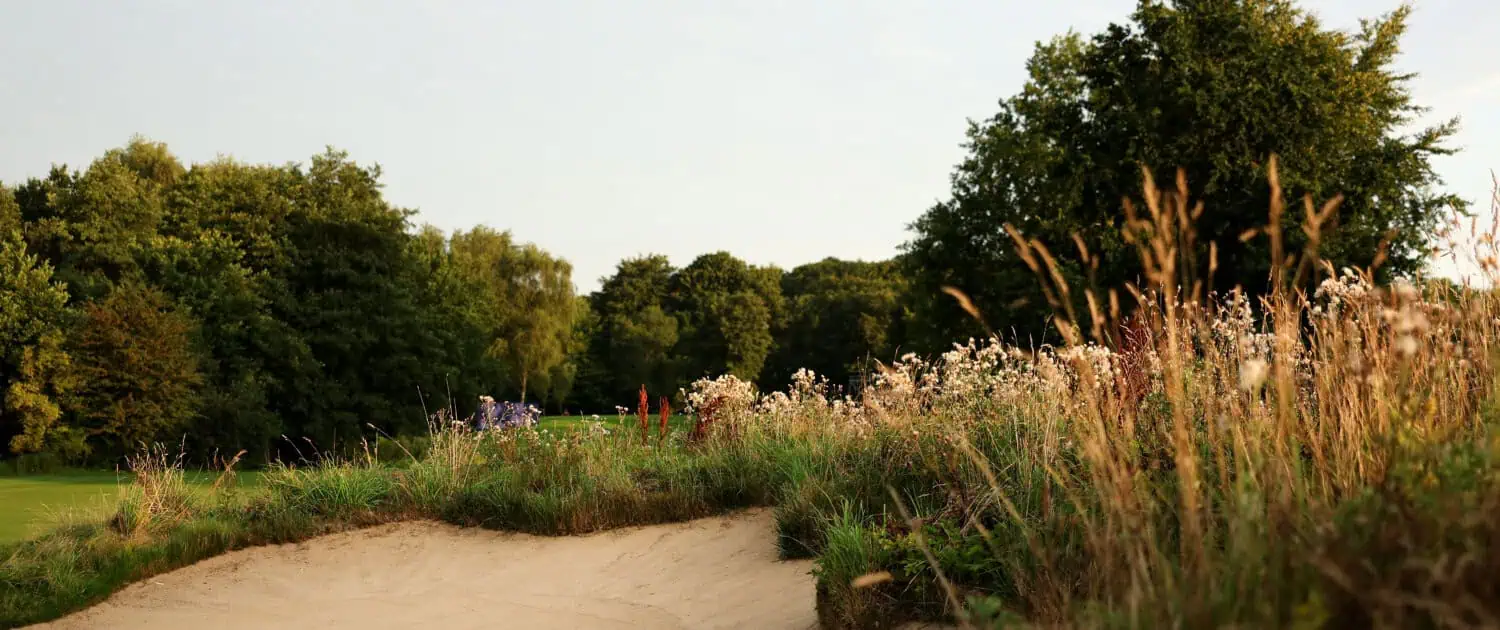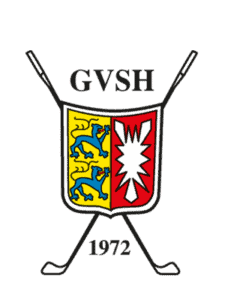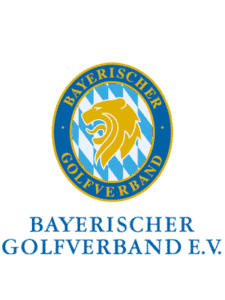Green Success: Danish Golf Championship without pesticides
“We have achieved everything we could have wished for.” Thomas Pihl, head greenkeeper at Fureso Golf Club in Birkerod, Denmark, is still exhausted after the Danish Golf Championship 2025, but at the same time highly satisfied. The DP World Tour tournament was a first: for the first time, a professional event on the tour was played on a golf course that does not use any pesticides at all.
Golf in Denmark is known for its sustainable approach. “We strive to minimize the use of pesticides,” explains Torben Kastrup, responsible for sustainability in the association. Due to the strict requirements of the Danish government, the Scandinavian country is considered a pioneer when it comes to the low use of fertilizers and pesticides.
“We started looking into this issue around 25 years ago,” explains Pihl. “It was clear that the government’s guidelines would go in this direction and, in the meantime, the use of pesticides is no longer permitted on public land in our city anyway.” This applies to soccer pitches in Birkerod, a municipality near Copenhagen, as well as the golf club with 27 holes, 1,800 members and around 65,000 rounds a year.
The conditions for the Danish Golf Championship were no different than usual for the club’s greenkeeping team: “We worked with the same budget this season,” says Pihl. “The only difference was that the DP World Tour agronomists provided additional funds to reduce dew formation. Over the past 20 years, the club itself has managed to transform itself into a resilient course by modernizing the greens and switching from Poagras to greens with more disease-resistant species.
Nevertheless, Pihl was afraid of a dollar spot attack, the fungal disease that is currently keeping the golf industry on tenterhooks, during the week of the tournament. And this despite the fact that measures against dollar spot are standard at Fureso Golf Club. “The dew is always removed from the golf course.” Weather software that predicts dollar spot is in constant use. In addition to the internationally renowned Smith-Kern model, Pihl uses a self-developed system that is based solely on the local conditions in his area. “Dollarspot was my biggest concern,” he explains. “But I talked to a lot of people from all over the world to find out the best methods to get it under control.”
A slightly heavier use of fertilizer during the season, which is still at the lower end of the scale in international comparison, ensured that the dollar spot danger was reduced, but the green speed before the tournament was slightly slower than usual. “We then made the greens faster for the tournament. But it’s generally no problem for us to achieve a speed of 10.5 to 11 stimp meters.”
The cooperation with the DP World Tour greenkeeping team was excellent, Pihl confirms. “After a few visits and course inspections, they understood our approach. I think that calmed them down quite a bit.” In view of the increasing global discussion about the use of harmful pesticides on open spaces, this Danish Golf Championship was a best-practice example that other organizers can look to in the coming years.
One thing is clear to Thomas Pihl: pesticide-free care cannot be achieved overnight. “It takes time and expertise.”







 Fotos: Petra Himmel
Fotos: Petra Himmel Image: Turfrad/Toro
Image: Turfrad/Toro